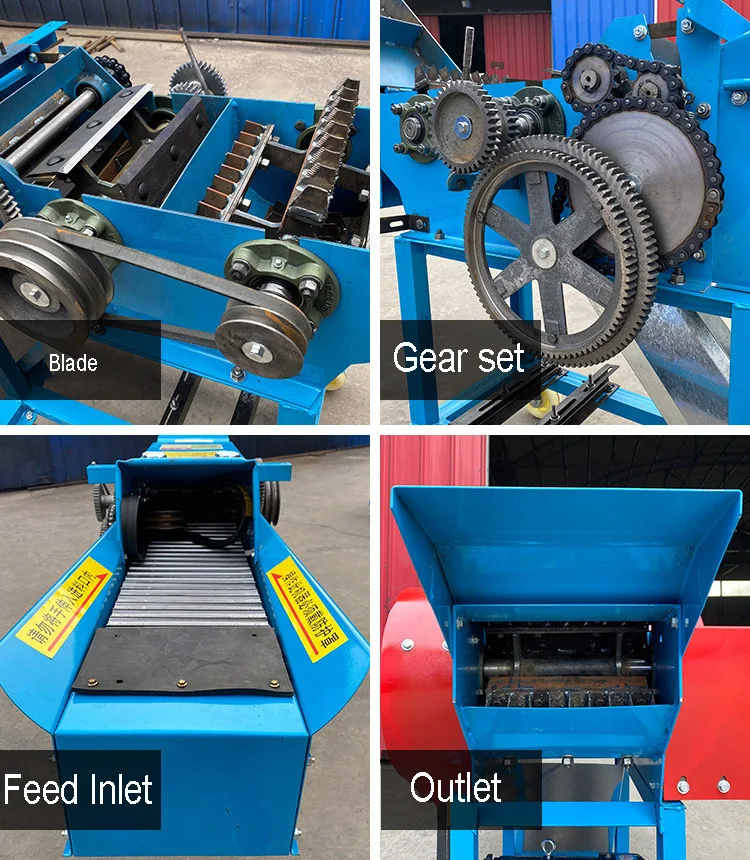Innovative Cellulose-Based Evaporative Cooling Pads for Enhanced Temperature Regulation
Nov . 10, 2024 01:29 Back to list
Innovative Cellulose-Based Evaporative Cooling Pads for Enhanced Temperature Regulation
The Role of Cellulose Evaporative Cooling Pads in Modern HVAC Systems
In recent years, the search for energy-efficient and environmentally friendly cooling solutions has intensified as global temperatures continue to rise. Among the innovative technologies emerging in this field, cellulose evaporative cooling pads have gained popularity due to their efficiency, sustainability, and cost-effectiveness. This article explores the functionality, benefits, and applications of cellulose evaporative cooling pads in modern heating, ventilation, and air conditioning (HVAC) systems.
Understanding Evaporative Cooling
Evaporative cooling is a natural process in which water absorbs heat as it evaporates, resulting in a cooling effect. This principle is harnessed in evaporative cooling pads, which are designed to maximize the surface area for water evaporation, thus enhancing the cooling effect. When warm air passes through these pads, moisture evaporates from the cellulose material, cooling the air before it is circulated indoors. This process is particularly effective in arid climates where the humidity is low.
Composition and Features of Cellulose Pads
Cellulose evaporative cooling pads are primarily composed of cellulose fibers derived from natural materials like recycled paper or agricultural by-products. These pads are designed with a unique honeycomb structure, which increases their surface area to enhance water retention and evaporation rates. Additionally, cellulose pads are biodegradable, making them a sustainable choice for cooling systems.
One of the main advantages of cellulose pads over other materials, such as aspen or synthetic fibers, is their ability to absorb larger quantities of water. This feature ensures a more efficient cooling process, leading to lower energy consumption for cooling systems. Furthermore, cellulose pads are less prone to mold and bacteria growth, thanks to their natural composition, which makes them a healthier option for indoor air quality.
Benefits of Using Cellulose Evaporative Cooling Pads
cellulose evaporative cooling pad

1. Energy Efficiency Cellulose evaporative cooling pads significantly reduce energy consumption compared to traditional refrigerant-based air conditioning systems. By using water to cool the air, these pads lower the need for electricity, resulting in reduced operating costs.
2. Environmental Sustainability With increasing concerns about global warming and environmental degradation, cellulose pads offer a solution that aligns with sustainable practices. Made from renewable materials, they contribute to a lower carbon footprint compared to synthetic alternatives.
3. Improved Air Quality The humidified air produced by evaporative cooling pads can enhance indoor air quality. They serve to filter out dust and airborne particles, providing cleaner air for occupants while maintaining comfortable humidity levels.
4. Cost-Effectiveness The initial investment in cellulose evaporative cooling systems is often lower than that of conventional HVAC systems. Additionally, the ongoing savings in energy bills can lead to significant financial benefits over time.
5. Ease of Maintenance Cellulose pads are relatively easy to maintain. Regular cleaning and occasional replacement can ensure optimal performance and longevity, making them a convenient choice for commercial and residential applications.
Applications in HVAC Systems
Cellulose evaporative cooling pads are ideal for various applications, including residential, commercial, and industrial settings. They are often used in evaporative coolers, swamp coolers, and hybrid HVAC systems. In agricultural settings, these pads help maintain a controlled climate for livestock and crops, improving productivity and welfare.
In conclusion, cellulose evaporative cooling pads represent a significant advancement in energy-efficient cooling technologies. Their ability to harness natural cooling processes while providing numerous environmental and economic benefits makes them an attractive option for modern HVAC systems. As the demand for sustainable solutions continues to grow, cellulose evaporative cooling pads are poised to play a crucial role in shaping the future of indoor climate control. By investing in these innovative technologies, individuals and businesses can contribute to a more sustainable and energy-efficient world while enjoying the comfort of a cool environment.
-
Hot Sale 24 & 18 Door Rabbit Cages - Premium Breeding Solutions
NewsJul.25,2025
-
Automatic Feeding Line System Pan Feeder Nipple Drinker - Anping County Yize Metal Products Co., Ltd.
NewsJul.21,2025
-
Automatic Feeding Line System Pan Feeder Nipple Drinker - Anping County Yize Metal Products Co., Ltd.
NewsJul.21,2025
-
Automatic Feeding Line System - Anping Yize | Precision & Nipple
NewsJul.21,2025
-
Automatic Feeding Line System - Anping Yize | Precision & Nipple
NewsJul.21,2025
-
Automatic Feeding Line System-Anping County Yize Metal Products Co., Ltd.|Efficient Feed Distribution&Customized Animal Farming Solutions
NewsJul.21,2025






